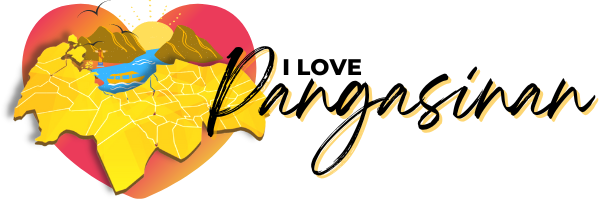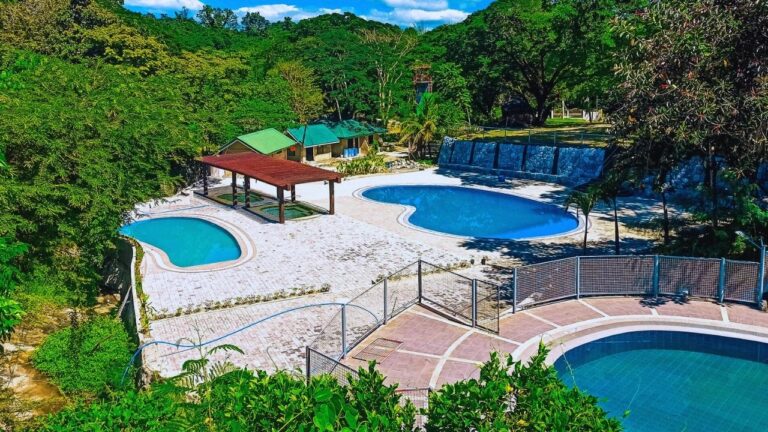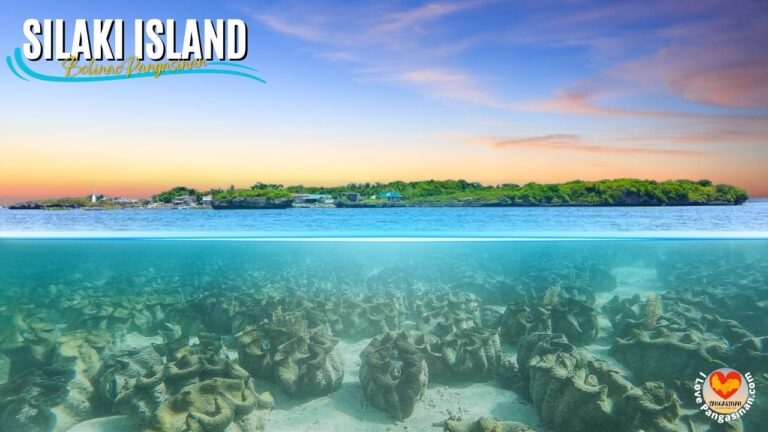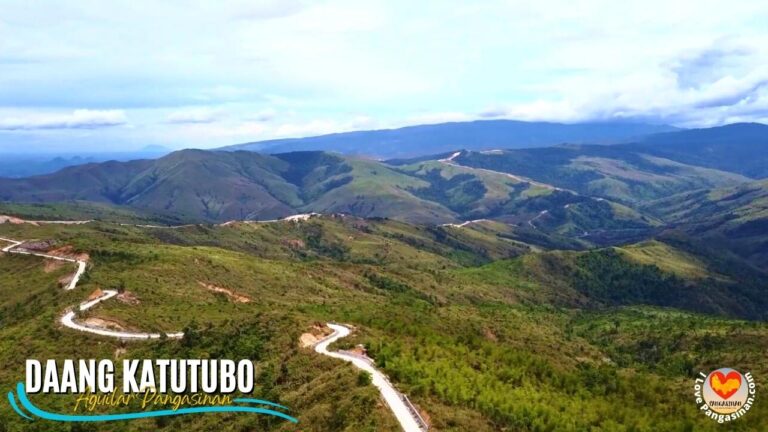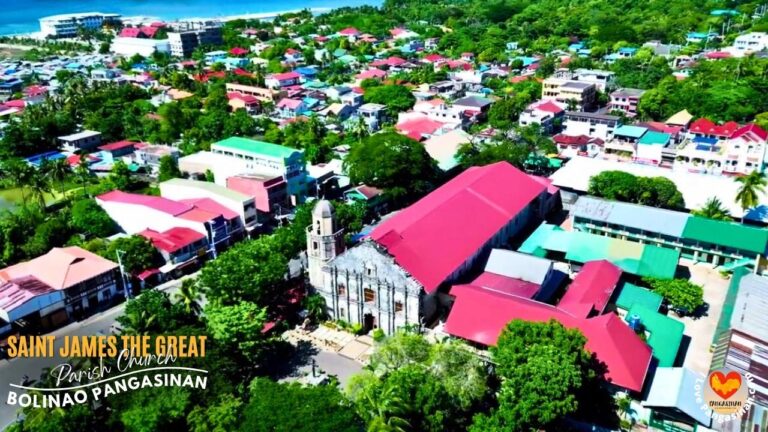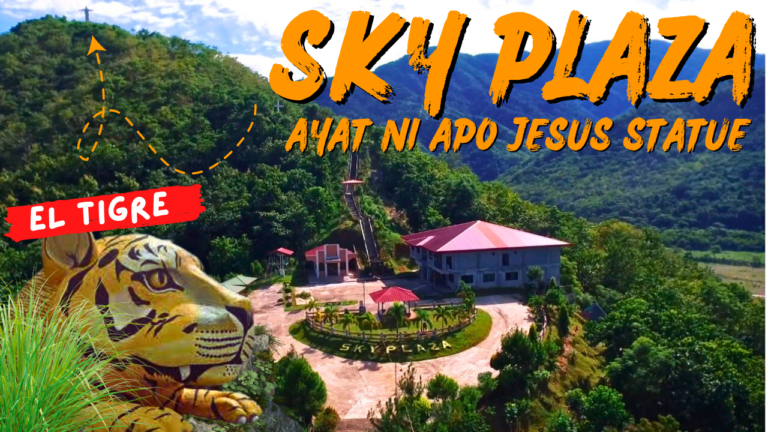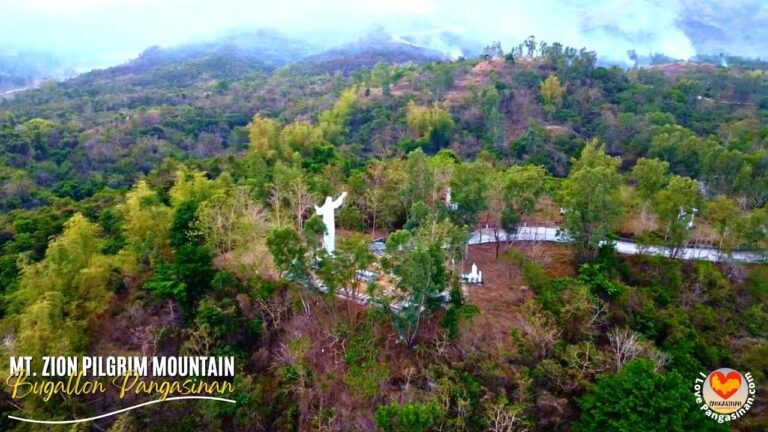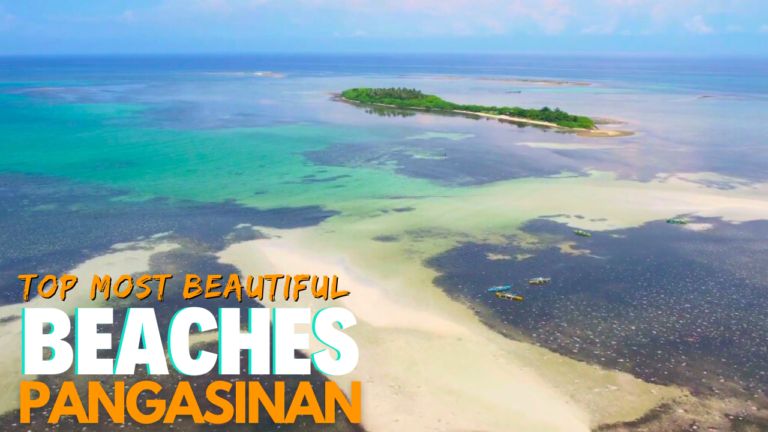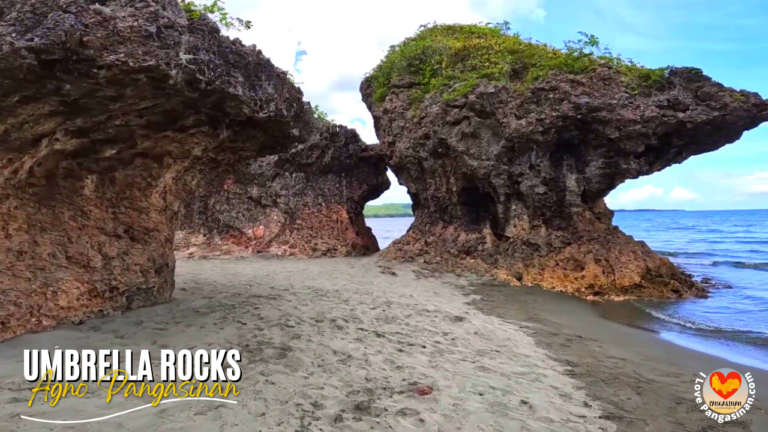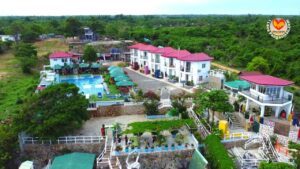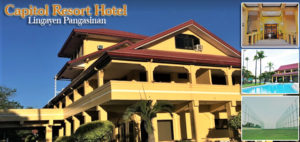Urduja House, previously known as Urduja Palace, is the official residence of the governor of Pangasinan. Built across the Pangasinan Provincial Capitol in 1953, it has been home to subsequent governors since as their residence while in the capital.
Urduja House is named after the legendary warrior Princess Urduja, a legendary 14th-century warrior princess of the dynastic Kingdom of Tawalisi in Pangasinan.
Princess Urduja is often described as tall and beautiful with golden bronze skin and dark hair, clad in gold, and was famous for leading an army of strong women warriors adept in sword fighting and horseback riding called Kinalakihan or Amazons.
At present the Urduja House currently serves as the governor’s official residence and guest house.
Location Map
History of Urduja House
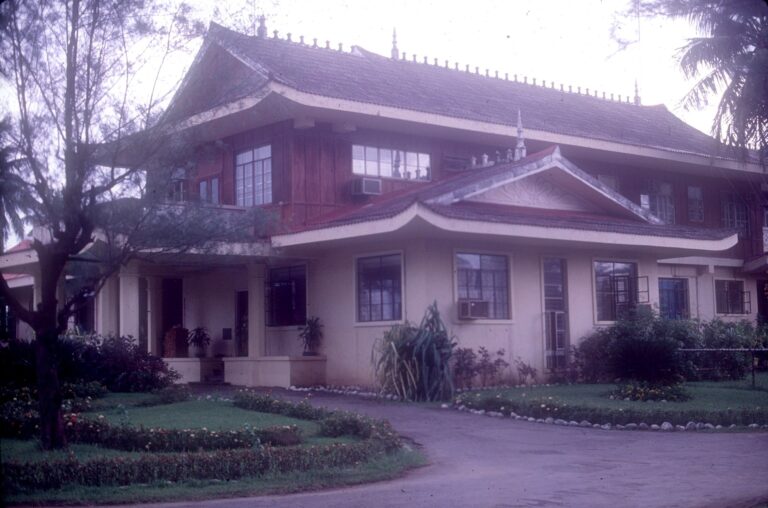
Governor Juan Rodriguez conceived the idea of an official residence under his administration, especially since Governors before him came from different parts of the province. In order to ease travel, he commissioned a governor’s mansion across the Pangasinan Provincial Capitol he promptly named “Urduja Palace,” named after the legendary Urduja, a princess of Tawilisi, said to be located in the present-day Pangasinan. It was officially named “Urduja House” as a simplication since it was too small to be a palace.
Urduja House - Usage and facilities
Until the term of Governor Amado Espino, Jr., the Urduja House also hosts the Governor’s Office. But in a press statement on July 17, 2007, he initiated a reorganization program, which revamped the offices of the provincial government. Now the Governor also holds office in the Capitol, along with the Vice Governor and the Sangguniang Panlalawigan officials. The residence only serves as the living quarters of the governor, a ceremonial reception hall and a guesthouse for dignitaries staying overnight.
Inside the residence is a prized 40 by 30 portrait of Princess Urduja, made by Antonio Gonzalez Dumlao in 1954, acquired by the provincial government on June 11, 2011. The painting is currently located fronting the entryway of the residence. It sits alongside a Fernando Amorsolo painting, also of the princess, commissioned by Governor Conrado Estrella, the first governor to actually hold residence in Urduja House.
Urduja House is part of the Pangasinan Provincial Capitol Complex that also includes the historic Sison Auditorium, the Finance Building, Capitol Resort Hotel and the Veterans Memorial Park, just a few meters away from the actual landing site. Nearby is the Lingayen Airport, currently only serving general aviation, and the Narciso Ramos Sports Complex and Civic Center.
Source: https://en.wikipedia.org/wiki/Urduja_House
Tourist Spots in Lingayen Pangasinan

Lingayen Beach is an exquisite beach found in the capital of Pangasinan. Located at the back of Pangasinan Procincial Capitol.

It is a historic site because it was where the Chinese warlord Limahong, Lim Hong, or Lin Feng, (also known as Ah Hong), escaped to Northern Luzon in 1574 and dug a channel in Domalandan, for his escape to the China Sea.The view of the Limahong river, the beach and the sunset on the mountains of Labrador are so fascinating.

Get a close look at the facade of the Pangasinan Provincial Capitol building in Lingayen, with the roof design, is uniquely Greek, so are the Corinthian columns, but not the shields and the 3 sculpted eagles which are definitely military emblems of the ancient Roman army.

Urduja House, previously known as Urduja Palace, is the official residence of the governor of Pangasinan. Urduja House is named after the legendary warrior Princess Urduja, a legendary 14th-century warrior princess.

Sison Auditorium was built in Neo-classical Style and was constructed in 1927. It was initially known as the “Grand Provincial Auditorium” in the 1930s. Very popular venue for zarzuelas and other cultural performances in pre-war and early post-war periods.

The Co-Cathedral-Parish Church of Epiphany of Our Lord, formerly Three Kings Parish Church, is a Roman Catholic church located in Lingayen, Pangasinan in the Philippines. It is the co-cathedral of the Roman Catholic Archdiocese of Lingayen-Dagupan.

The ancestral home of former President Fidel Ramos has become one of the tourist attractions in his home province of Pangasinan. It was here where the former President was born and where he spent his childhood.

Veterans Memorial Park is a park in Lingayen, Pangasinan that serves as a tribute to the heroes of World War II. It is situated at the back of the Provincial Capitol of the province and adjacent to the Lingayen Gulf Beach.

The Narciso Ramos Sports and Civic Center (NRSCC) , also known as the Narciso Ramos Sports Complex. It has main stadium, grandstand which can seat a maximum of 16,000 people, rubberized athletics track oval, 2,500 capacity gymnasium, outdoor courts, bowling alley, a second sports gym, 25 m (82 ft) swimming pool, dormitories, lagoon and restaurant.

Lingayen is dubbed “the heart, the soul, and the face” of the Province of Pangasinan. Plaza de Lingayen has a beautiful park located at the town proper of Lingayen Pangasinan. They showcases the Big Burnay "earthen jar" showing that Lingayen is known in Bagoong making and producing quality fermented fish.
Resorts and Hotel in Lingayen Pangasinan
- Capitol Resort Hotel
- Aquatica Marina Waterpark
- El Puerto Marina Beach Resort & Vacation Club
- Star Monica Hotel, Resorts, and Restaurant
- Purok Marcela Resort
- Hotel Consuelo Hotel
- The President Hotel
- VillaMar Ramos Resort
- Nielcam Baywalk Beach Resort
- Wyco's Beach Front Resort
- Malinac Lodge Inn
- Sun Of A Beach (SOAB)
- YRS Resort
- Bergamo Hotel Lingayen
- Redondo Inn Lingayen
Top Tourist Attractions in Pangasinan
- Hundred Islands
- Dasoland Family Adventure Park
- Bolinao Falls 1, 2, and 3
- Enchanted Cave
- Cape Bolinao Light House
- Tondol Beach
- Busay Falls
- Panacalan Island
- Patar Beach
- Antong Falls
- Masamerey Beach
- Our Lady of Manaoag Shrine
- Cabongaoan White Sand Beach
- Lingayen Beach
- Binmaley Beach
- Colibra Island
- Tambobong Beach
- Balungao Hilltop Adventure
- Natividad Sky Plaza
- Sunflower Maze Farm
- Limahong Channel
- Veterans Memorial Park
- Bolasi Beach
- Sabangan Beach
- Surip Beach
- Abagatanen White Sand Beach
- Bunga Beach
- Cabalitian Island
- Polipol Island
- Silaki Island
- Farmville San Fabian
- Greenrich Garden
- Balingasay River Cruise
- Balempalis Bolinao
- Hidden Spring Bolinao
- Mt. Zion Pilgrim Mountain
How to Get to Pangasinan (Entry Points) and Travel Time
Travelling Times:
- From Manila: 4 ~ 5 hours
- From Clark, Pampanga: 3 hours
- From Baguio City: 1 1/2 ~ 2 1/2 hours
- From Subic , Olongapo: 3 1/2 ~ 4 hours
- From Laoag City: 5 ~ 6 hours
Entry Points:
- From Manila: via North Luzon Expressway (NLEX), exiting thru Luisita and entering thru Bayambang or Mangatarem towns; via Tarlac -Pangasinan-La Union Expressway (TPLEX), exiting/ entering thru Rosales town or thru Urdaneta City.
- From Zambales: via Infanta town.
- From Baguio: via Sison or San Fabian town.
- From Nueva Ecija: via Umingan or Rosales town.
National Transport Carriers:
Victory Liner, Five Star, Solid North ply major routes to most Pangasinan town thru Pasay, Cubao Caloocan Stations. Dagupan City is usually the central hub for transport to both Eastern and Western parts pf Pangasinan. Buses, jeeps and tricycles are very common. Tour Guides and Provincial Buses are available to make your visit memorable.
